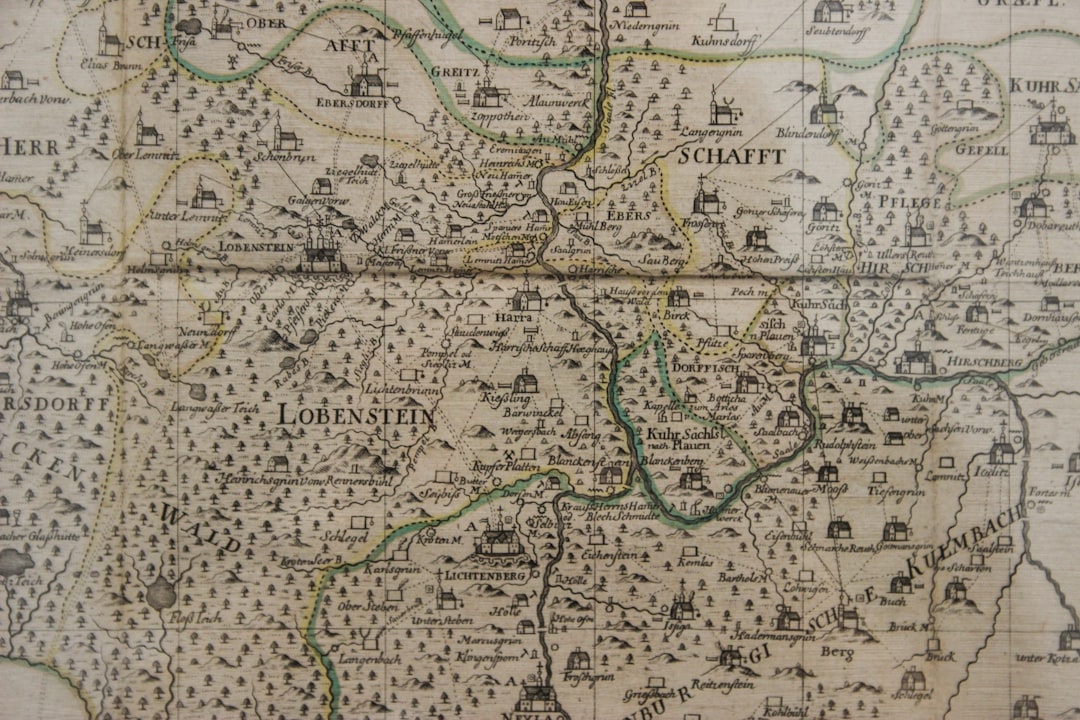What is it about?
We propose a tentative theory linking economic and innovation dynamics with the ways capital cities try to develop and position themselves through the formulation of locational policies. Global and world city theories challenge the traditional role and centrality of capital cities. Capital cities that are not the economic centers of their nations - so-called secondary capital cities - tend to be overlooked in the fields of economic geography and political science. Consequently, there is a lack of research and resulting theory analyzing their political economy. We put forward an interdisciplinary perspective that is informed by theories of economic geography and political science, as processes of economic development and political positioning are interrelated and need to be examined together. By linking three different theoretical strands - the regional innovation system approach, the concept of locational policies, and the policy regime perspective - this paper proposes a framework to study the economic and political dynamics in secondary capital cities. Examples of secondary capital cities such as Bern, Canberra, Ottawa, The Hague and Washington D.C. illustrate our theoretical arguments throughout the paper.
Featured Image
Read the Original
This page is a summary of: Capital city dynamics: Linking regional innovation systems, locational policies and policy regimes, Cities, January 2016, Elsevier,
DOI: 10.1016/j.cities.2016.01.005.
You can read the full text:
Contributors
The following have contributed to this page










